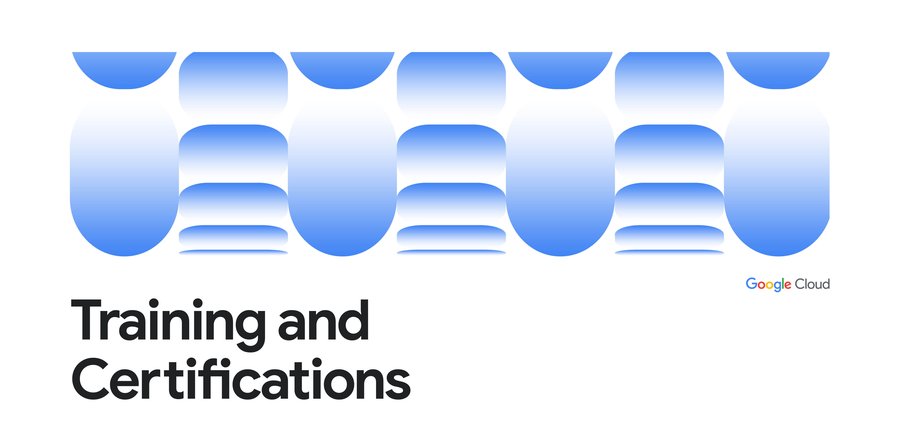New training helps you get started with GKE—for free!
Kaslin Fields
Cloud Developer Advocate
Kubernetes adoption continues to grow unabated across all industries. This fall, 91% of IT and security professionals reported that their businesses are using Kubernetes for container orchestration. Now, technical professionals are faced with figuring out how to make the most of Kubernetes.
For many businesses, a cloud provider’s managed Kubernetes service offers a more convenient on-ramp than going it alone with an open-source distribution. Google Kubernetes Engine (GKE) provides easier “one-click” cluster deployment, as well as the convenience of utilizing the assortment of products and tooling available in the cloud. Training and documentation available from Google Cloud can also help ease the transition as companies go through their modernization journeys. But there’s simply a lot to learn, and it can be tough to know where to begin.
On June 22, Google Cloud will offer a no-cost, half-day training, Cloud OnBoard: Getting Started with Google Kubernetes Engine. In this training event, I’ll walk you through what you need to get started with adopting and managing GKE. The event will have four main sections: Introduction to Building with Kubernetes, Create and Configure GKE Clusters, Deploy and Scale in Kubernetes, and Securing GKE for Your Google Cloud Platform Access.
Below is a brief overview of the topics you need to know about when learning how to use GKE as well as what you can expect from the Cloud OnBoard:
Why Kubernetes?
The first section, Introduction to Building with Kubernetes, we’ll go over the benefits of building with Kubernetes for your business. It will explore the challenges businesses face when modernizing their applications and when adopting cloud-native technologies and architectures such as microservices.
How to create GKE clusters
In the second section, Create and Configure GKE Clusters, we’ll begin with the basics. I’ll demonstrate how to spin up a cluster using the gcloud command-line interface (CLI) and go into the capabilities of the Cloud SDK. Then, we’ll cover configuration and cluster management basics.
This section will also cover the differences between GKE Standard mode and the new GKE Autopilot mode. We’ll also explore an example of a company that might choose GKE Autopilot mode for their needs.
Running apps and services in GKE
In the third section, Deploy and Scale Apps in Kubernetes, we’ll go over general basics around running workloads in Kubernetes. You’ll learn the essentials you’ll need for deploying and scaling your applications. We’ll explore Kubernetes workload and service types, workload autoscaling capabilities, and how to create your first apps and services to run in GKE.
Security for GKE
After learning the basics of why, how, and what you’ll be using to run your workloads, the last key fundamental topic this training will cover is how to secure GKE and securely access Google Cloud services.
Working in the cloud provides you with many tools to help run your business more securely, but that also means there’s a lot to learn about what those tools do and how they factor into the architectures you’ll build with GKE. We’ll go over the key security features and capabilities of Google Cloud and how to use them to help run your GKE clusters securely. You can check out our GKE Hardening Guide before watching my demo for this section, to get an even better understanding of GKE security.
Ready to get started with GKE? Sign up here to reserve your seat for Cloud OnBoard: Getting Started with Google Kubernetes Engine on June 22. Couldn’t join on June 22? The training is now available on-demand.

